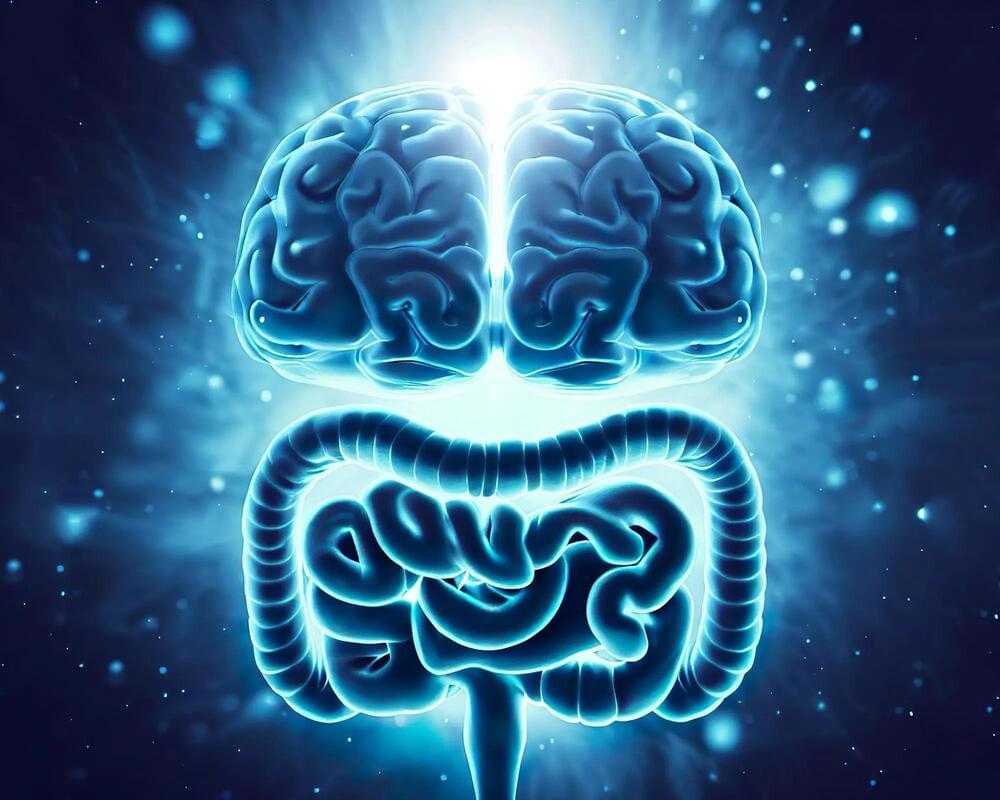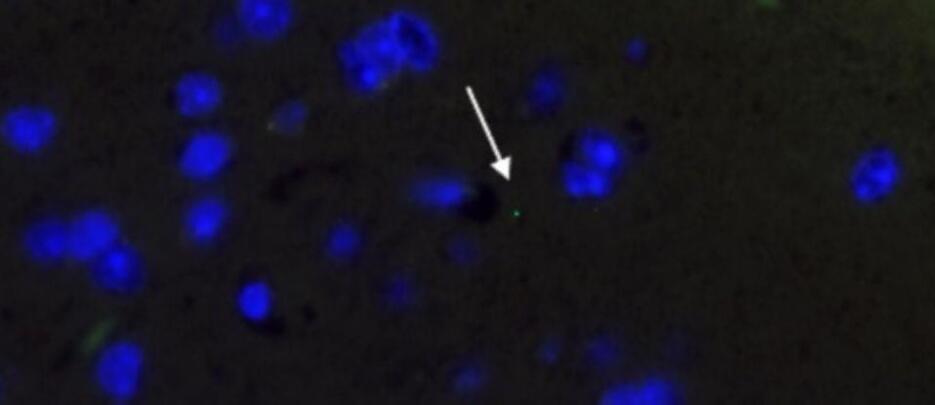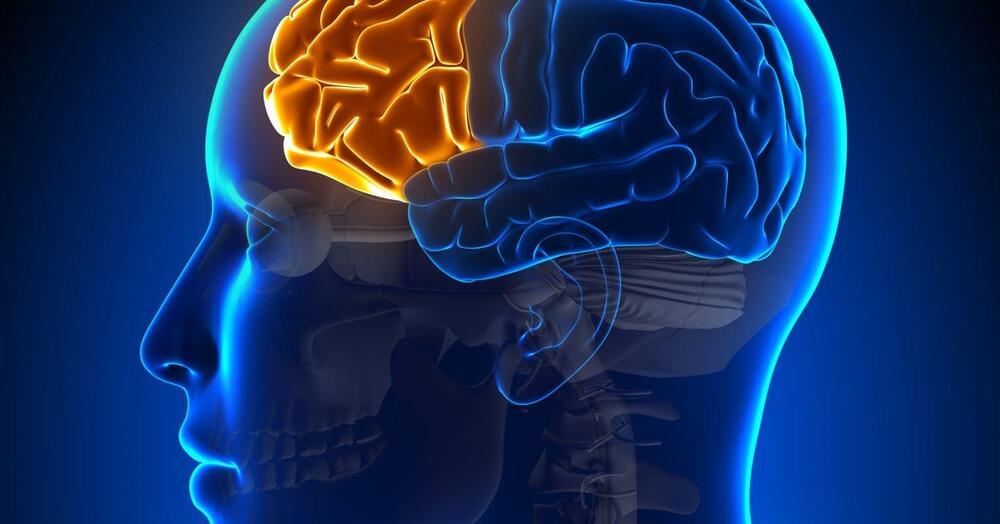Serious vision loss affects millions of Americans each year, and biological strategies are still decades away from restoring eyesight lost to macular degeneration. But University of Oregon researchers are looking to create an electronic solution — a bionic eye — that could restore people’s sight. They’re tapping into the world of fractal structures that will allow a retinal implant and a human brain to communicate with each other.
Category: neuroscience – Page 546

The Unsettling Truth about Human Consciousness | The Split Brain experiment that broke neuroscience
In the 1939 neuroscientists began cutting living human brains in two in order to treat certain types of epileptic seizures. Subsequent experiments on those patients gave science an unnerving window into the nature of human consciousness. It turns out that there might be more versions inside of your own brain than you might be comfortable with.
#splitbrain #consciousness #malcovich #neuroscience.
https://landing.mailerlite.com/webforms/landing/h1g1p6
LINK LINK LINKS
Split brain behavioral experiments (Video of Joe)

Proton pump inhibitor use linked to increased fatigue in kidney transplant recipients
Netherlands: The use of proton pump inhibitors (PPI) among kidney transplant recipients may lead to severe fatigue, fatigue severity, and lower mental and physical health-related quality of life, a new study has suggested. The study was published online in the American Journal Of Kidney Diseases.
Proton pump inhibitors (PPIs) are commonly prescribed medications for the management of acid-related gastrointestinal disorders.
Tim J. Knobbe and colleagues aimed to investigate the potential association between PPI use and fatigue as well as health-related quality of life among 937 kidney transplant recipients. Participants were at least one-year post-transplantation and were enrolled in the TransplantLines Biobank and Cohort Study.

La Biblioteca de las Estrellas
My flash fiction literary sci-fi story Le bibloteca de las estrellas has been published by White Cat Publications! Link:
By Logan Thrasher Collins.
Six years after their wedding night, Erik’s wife Viviana died in the halls of La biblioteca de las estrellas. Viviana’s body laid on the floor of that great library, stacks of blue books scattered all around. The covers of the books were navy blue, the pages a pale cornflower blue, and the paragraphs written in brilliant sapphire ink. Erik stepped hesitantly towards his wife’s body, not wanting to comprehend the sight before him. Viviana wore a yellow sundress and her cooling skin seemed luminous beneath the azure light of the library’s electric chandeliers.
As Erik approached the body, he began to weep. His tears fell like rainwater onto the blue books, staining them with grief. Erik reminded himself that Viviana had died for a reason of her own choosing, that she had purposefully let El conocimiento de las estrellas into her brain. He knelt beside her, not wanting to move, not wanting to look away from her face. To Erik, Viviana was the most sparkly glittering girl in the universe. She had been enamored with small animals, she had danced in meadows of scarlet flowers, and she had spoken animatedly of constellations and galactic nuclei. But now her glamor had been stolen by the miniscule machines inhabiting these blue books.

Fundamental Biology Overturned: New Discovery Challenges Long-Held Views on “The Second Brain”
Following your gut. Losing your appetite. A gutsy move. Though we often consider the gut as merely a digestive tool, these common expressions reflect the central role the gut plays in a much wider range of essential functions.
The entire digestive tract is lined by the enteric nervous system (ENS), a vast network of millions of neurons and glial cells—the two primary cell types also found in the central nervous system. While often called the second brain, the ENS not only generates the same neurotransmitters but actually predates the evolution of the central nervous system in the brain.
The functions of the ENS are crucial to life and extend far beyond digestion, as it regulates immunity, gut secretions, and enables complex, bi-directional communication between the gut and the brain. This is why a happy gut co-exists with a happy brain, and why digestive issues can lead to changes in mood and behavior.

Microplastics Infiltrate Every Organ, Including Brain, Study in Mice Shows
Scientists investigating the possible health effects of microplastics have uncovered some disturbing initial results in an experiment based on mice.
When old and young rodents drank microscopic fragments of plastic suspended in their water over the course of three weeks, researchers at the University of Rhode Island found traces of the pollutants had accumulated in every organ of the tiny mammal’s body, including the brain.
The presence of these microplastics was also accompanied by behavioral changes akin to dementia in humans, as well as changes to immune markers in the liver and brain.


Girl’s 1st-grade eye test reveals she has dementia
We don’t treat Isla’s vision loss as a sad circumstance or as something that is broken in her. It’s so important for us that she knows her vision impairment is not something that makes her less than. If anything, it makes her a stronger, more amazing person, and we couldn’t be prouder of who she is.
Vision impairment is the only symptom she displays of this disease, and we are fighting with everything we have to ensure it stays this way. We were told on diagnosis day that that day was the healthiest Isla would ever be, and that she was at her peak; two years later, and she has continued to defy that, Stockdale added.
The family believes that Isla’s incredible development is a result of the medication, called Miglustat, which she has been taking since November 2022.

Scientists tweak Meta VR headset to measure brain activity
Testing time: To see whether the modified VR headset could accurately record brain activity, the researchers had four participants wear it while opening or closing their eyes on command. There is typically an increase in alpha waves in a person’s brain when their eyes are closed, and the researchers could see this increase in the EEG data recorded by their headset.
They also had the participants wear the headset while playing a custom game designed to trigger a type of brain activity that occurs when a person is preparing for an event. As hoped, the researchers were able to see this activity in the recorded EEG data, too.
Looking ahead: The UT Austin team has started filing the paperwork to patent their tech and say they’d be open to working with VR companies to incorporate it into their systems. They don’t say what it costs to make the soft electrodes, so it’s not clear exactly how much consumers or professionals should expect to pay for a modified VR headset.